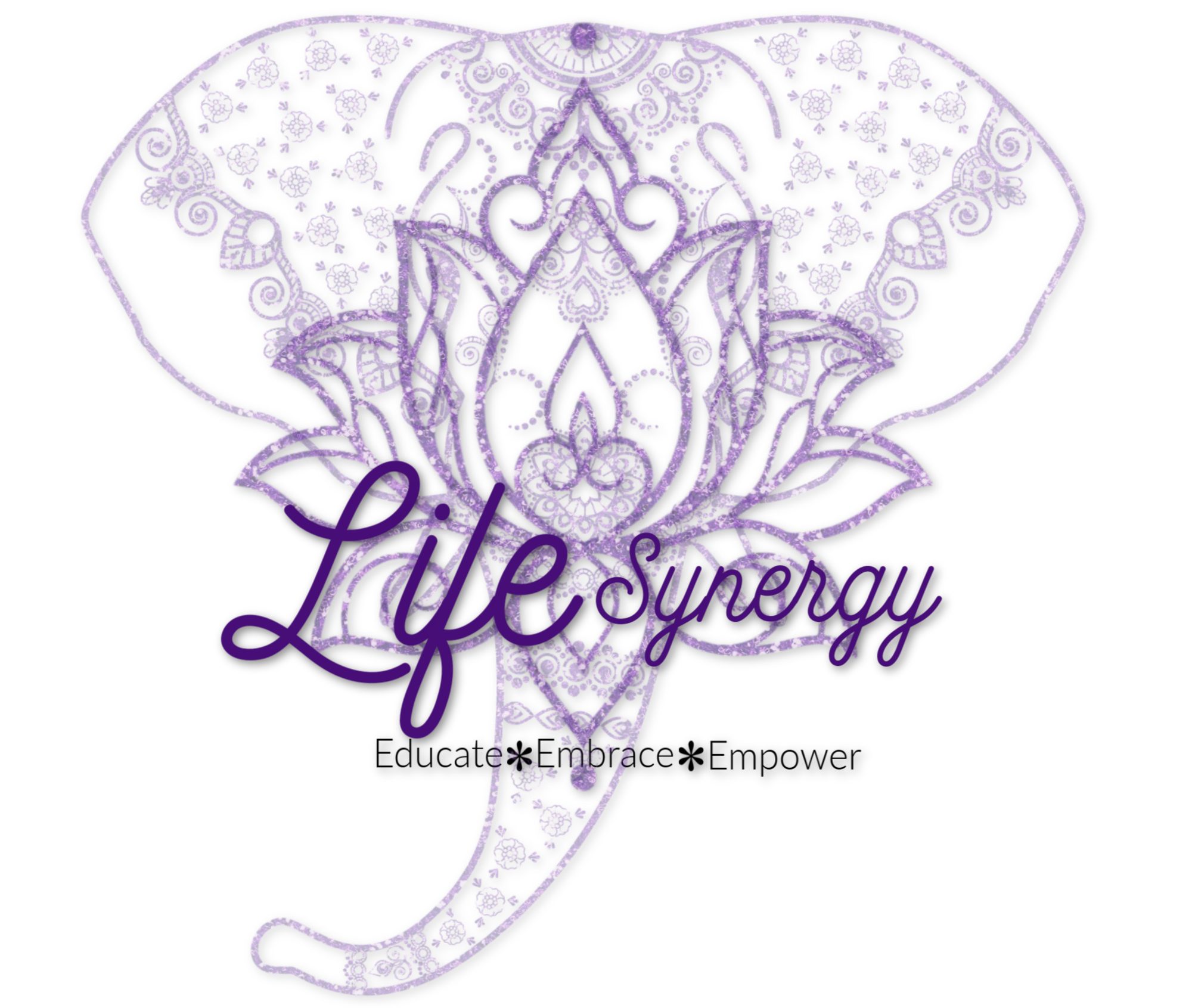 So many people ask if essential oils are safe for children! We tend to answer the same way as we do for adults!
So many people ask if essential oils are safe for children! We tend to answer the same way as we do for adults!
If you are using unadulterated products that are of therapeutic quality you are using oils that are safe for you.
One of the great things about Young Living is that they have a KidScents Collection! It is a great way to not have to worry about the measuring and mixing and wondering if you are diluting the essential oil enough for the child. What is included in the KidScents Collection is:
- Owie
- SleepyIze
- SniffleEase
- GeneYus
- TummyGize
So if you are concerned or afraid you are not mixing enough, consider looking into Young Living KidScents Collection!
Do not forget, we have a giveaway going on right now! Make sure to register! Retail value of the two oils is: $30.92
a Rafflecopter giveaway
No Purchase Necessary
If you are ready to join the YLEO spOILed Family?
CLICK HERE
If you want to order or see products for Young Living?
CLICK HERE
Would you like to talk to Jack or Amy?
CLICK HERE
*These statements have not been evaluated by the Food and Drug Administration. This product is not intended to diagnose, treat, cure, or prevent any disease.






seeing these oils excites me, I never knew YL had kid oils!!
LikeLike
They are fabulous!
LikeLike
We as distributors and customers, are requesting the following answers from Young Living Essential Oils, regarding the cinnamon bark testing of Young Living oil.
1. Please provide a response to the C-14 testing done showing 56% synthetics by the University of Georgia on Lot#15B10032
2. Why have you not provided the mass spectrometry output and tabulation for the testing done by Chemtech, in house testing, or Herve Casabianca?
3. Why was the test preformed by Chemtech only a 20 minute test, when industry standard is 90-120 minutes for complete separation of co-elution?
4. While coumarin can be expected in cinnamon bark, the LEVEL of coumarin suggests this is cassia oil. Remarks?
5. In the Chemtech testing, the compound (1-Ethylbuta-1,3-dienyl) benzene is actually the Phenylpentadienal, it is not present in the NIST library. It also should not be present in the oil. Why is it in there?
6. Chemtech is a lab not associated with the testing of essential oils. Why was this lab used?
7. Why have you not provided us with the detailed ‘in house’ test results, or the test results from Herve Casabianca?
8. Although plinol has been found to naturally occur in grapes, the analysts who issued the ‘failed’ report have stated that plinol is not a compound that occurs in cinnamon bark oil. Why is this found in our oil?
Addition:
*** 9. Can you explain why your own 3rd party testing lab, Chemtech-Ford Laboratories, found 1,2,4,5 – tetraethyl-benzene (Durene) which is a petroleum by-product of gasoline production was found in the oil tested by that company?
LikeLike
While this is not the correct spot to ask about Cinnamon Bark I will direct you to an answer:
http://us1.campaign-archive1.com/?u=15eeb032645db017198d0931b&id=eada2f382c&e=fdefeff835
While I understand this article is mainly about spearmint it also addresses cinnamon.
LikeLike